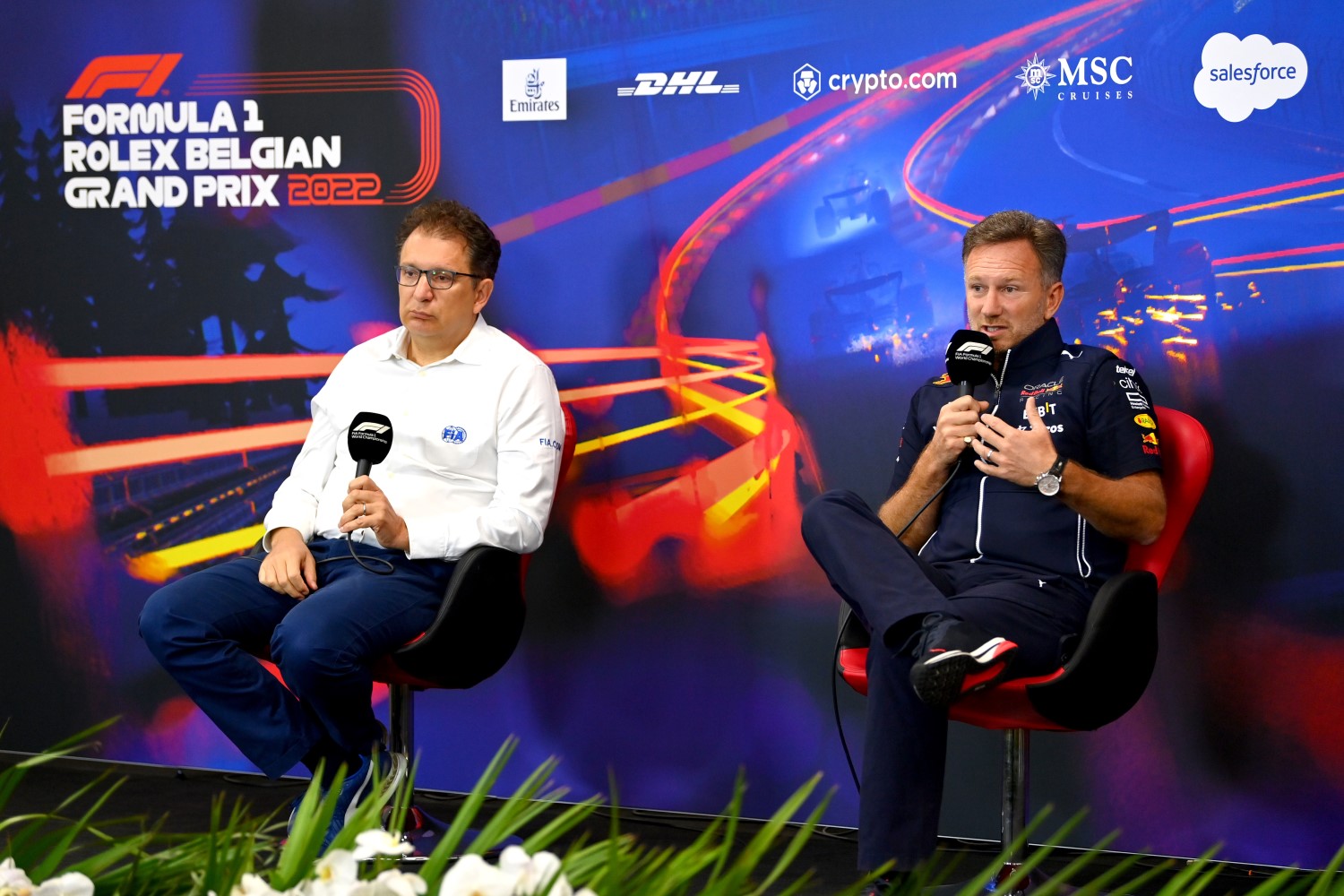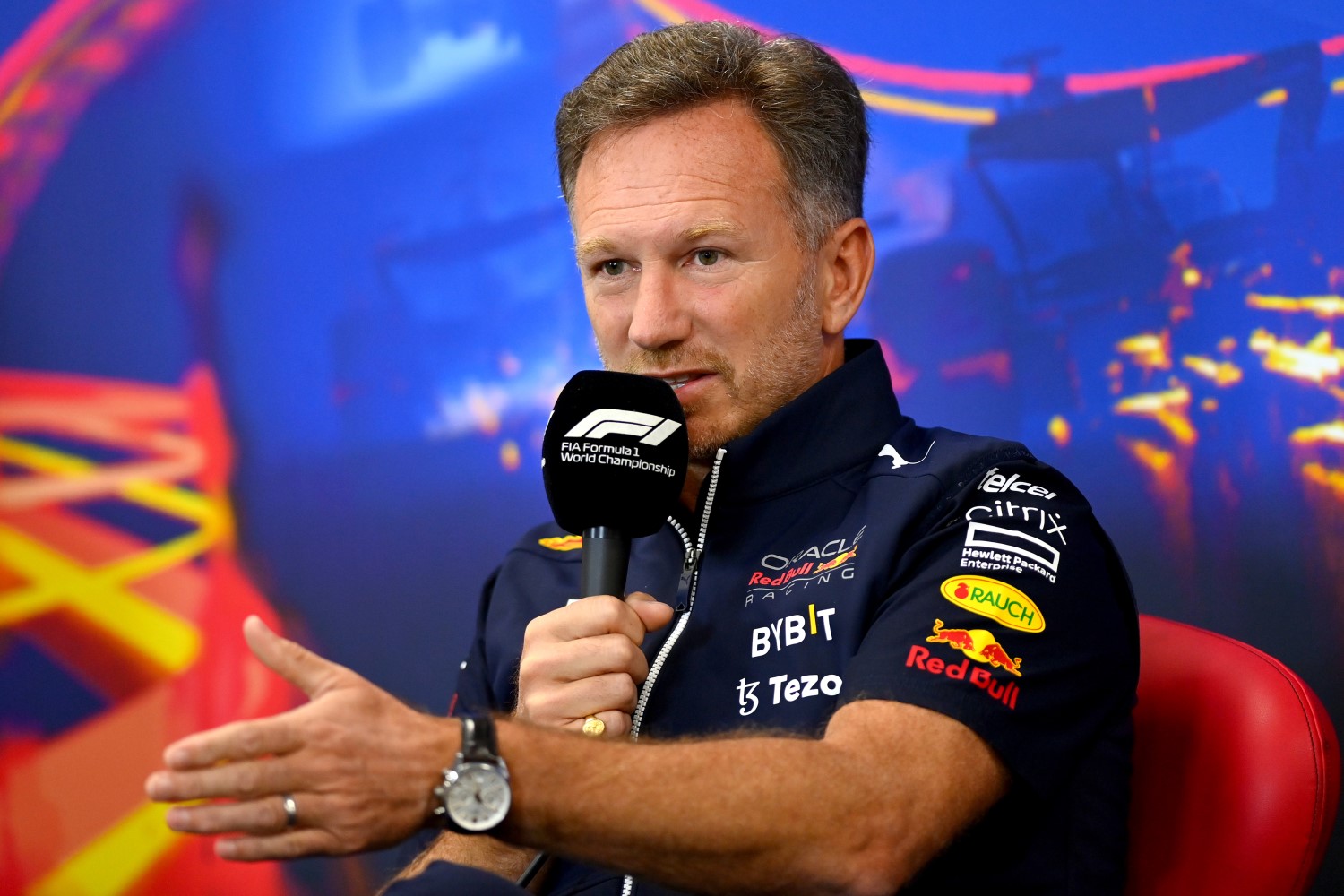F1: Horner feels budget allowance for new manufacturers is too small
In Saturday morning’s Team Representative Press Conference at Spa, Red Bull team principal Christian Horner said that the extra financial allowances new manufacturers joining Formula 1 for the new engine regulations will benefit from are “pretty frugal” considering the scale of the challenge – and wants F1 to ensure it doesn’t suffer from another “massive disparity” between manufacturers.
See Press Conference Transcript
Red Bull Powertrains qualifies as a new manufacturer, and Horner has real concerns.
New power unit manufacturers entering in 2026 are permitted an extra allowance baseline of $5m in ’25 and $10m in each of ’23 and ’24 given the need to catch up with the pre-existing knowledge and technology of incumbent engine companies.

“I mean, look, obviously as the engine has evolved, there are large elements of carryover. And of course, that for a newcomer, when you’re starting from scratch, is tremendously challenging because despite perhaps the bottom end of the engine trying to be more prescriptive, there’s always performance.
“Formula 1 engineers, time and time again, show how creative they are in finding performance. So, I think the biggest disadvantage for a newcomer are two aspects: one is that we have to catch up; we have to try and cover the ground of pretty much 10 years of these regulations; of know-how and knowledge that we don’t have.
“And of course, within the budget cap constraints that there are, $10 million for a newcomer is pretty frugal, particularly in engine terms, to be able to catch up the knowledge and know-how, particularly with a carryover in, in the ICE technology.
“I think the other challenge for a newcomer within those financial regulations, again, is establishing your facility because of course, when you’re starting from scratch, as Red Bull Powertrains has, you know within 55 weeks, we’ve created a factory and we’ve produced our first combustion engine, which is an enormous achievement – but there’s still a long, long way to go in terms of manufacturing capacity, etcetera, etcetera.
“And there are timelines for that to be in place, some of which are a slightly unrealistic, and I think that, as a newcomer, it’s a huge burden to try and get ourselves, facility-wise, to a position… we just want out there to be a level playing field, in that we can… we don’t want to overshoot what the current incumbents have, but we want to be able to get to a point where we can have the same.
“And I guess, fundamentally, the safety net that was within the regulations, which I think, you know, something that will need to be revisited over time is, is effectively the safety net. That if a power unit manufacturer, misses the target, what is that allowance to correct that so that we don’t have massive disparity, as we saw at the introduction of the V6 era in 2014.
“So, you know, all work in progress.”
